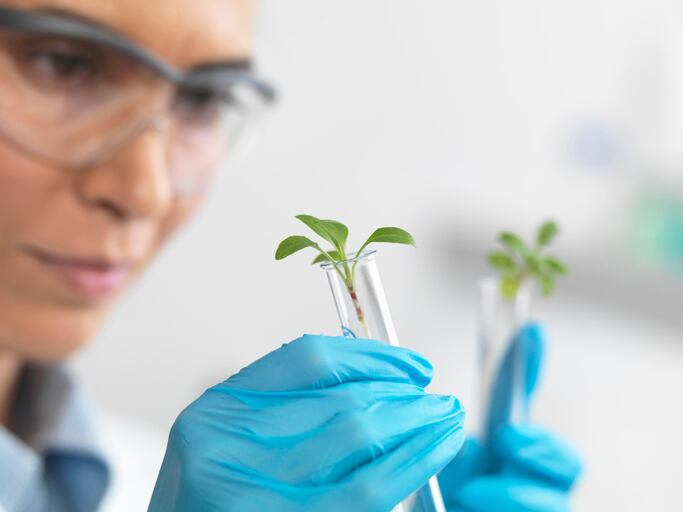Agricultural output in Latin America and the Caribbean has increased substantially in the past 20 years, notes the report, and most of this production growth has come from productivity improvements, rather than bringing more land into production.
This is according to an annual 10-year outlook, published today by the United Nations’ Food and Agriculture Organization (FAO) and the Organization for Economic Cooperation and Development (OECD).
“Productivity growth across the region has been driven by R&D, accompanying investments in agriculture’s enabling environment, and specific support to farmers. Public investment in agricultural R&D has been key to increased productivity in Latin American agriculture,” write the report authors.
Governmental agricultural research institutes that sometimes work with the private sector have played “a key role” in increasing productivity.
“For instance, Brazil’s EMBRAPA, the largest agricultural research institution in the region, completely transformed agriculture in the Cerrado region (savannah area) in Midwest Brazil by introducing technologies from abroad - nitrogen fixation, no-tillage practices, for example - and livestock breeds, and adapting them to the local conditions to produce cotton, soybeans, maize and cattle.”
Argentina’s INTI was instrumental in increasing soybean productivity in the Pampa while Chile’s INIA has boosted the country’s agri-food exports. By introducing new nut varieties, for instance, Chilean farmers increased nut exports by 1,000% between 2001 and 2011.
However, the report warns that while increasing investment in agricultural R&D is a prerequisite, it may still be insufficient to increase productivity in the face of climate change challenges.
“It may be necessary to look at how current available resources for agricultural R&D are being invested. Are LA countries investing in the ‘right’ type of research? To what extent do climate-smart agriculture technologies comprise part of their agricultural research agenda? Is combating antimicrobial resistance sufficiently high in the crop and livestock research agenda?”
Cooperatives and producer associations
Farmer organizations and cooperatives – there are now 33,000 in LATAM - have also been instrumental in improving efficiency throughout the region.
“Colombia’s Federación Nacional de Cafeteros, for example, conducts marketing campaigns in several countries, directly trades coffee, and conducts research and technology transfer for its member farmers.
“The quinoa export boom would have probably not been possible without the existence of quinoa producer associations, such as Bolivia’s ANAPQUI and APQUISA, or Peru’s various quinoa cooperatives.”
Looking ahead
Latin America has become the largest exporter of agricultural commodities in the world, and is expected to remain so in the coming decade. Latin America and the Caribbean are also home to 57% of the world’s primary forests and account for between 40 and 50% of the world’s biodiversity.
The report therefore recommends “tailored and concerted policy responses” across the region to create an enabling environment that supports rural livelihoods, while protecting the natural resource base and promoting mutually beneficial trade relationships with food importing regions.
LATAM agriculture at a glance
One of the defining elements of agriculture in LATAM is its heterogeneity from nearly every angle, according to the report, from farm size and structure to climate and topography.
“A capital and technology-intensive corporate sector that has successfully managed to integrate itself into global agrifood markets alongside coexists alongside a broad socio-productive sector based on subsistence farming, non-farming rural activities and landless rural populations that have been unable to participate in dynamic economic circuits.”
Broadly speaking, agriculture in the Southern Cone is dominated by large, commercial and export-oriented farms, particularly in Argentina and Brazil, much of the rest of the region is characterized by smallholder and family agriculture. There are an estimated 15 million smallholder and family farmers in LATAM.
Agriculture accounted for an average of 4.7% of GDP in 2015-17. In line with traditional economic development trends, however, this has fallen by 1.4% since the 1996-98 period.
Brazil is the largest agricultural and food exporter (US$79.3 billion in 2017) in the region, followed by Argentina, (US$35 billion), Mexico (US$32.5 billion), Chile (US$17 billion), Ecuador (US$10.4 billion) and Peru (US$8.8 billion).
Agriculture and fisheries in LATAM have grown by an average of 2.7% per year, a considerably faster pace of growth than that of OECD countries, at 1.2% annual growth.

